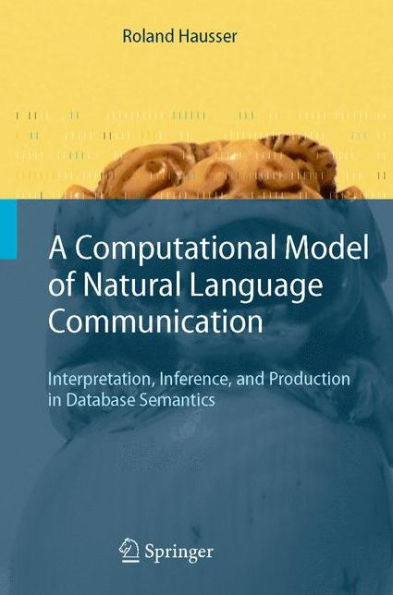Part I of this book presents a high-level description of an artificial agent which humans can freely communicate with in their accustomed language. Part II analyzes the major constructions of natural language, i.e., intra- and extrapropositional functor - argument structure, coordination, and coreference, in the speaker and the hearer mode. Part III defines declarative specifications for fragments of English, which are used for an implementation in Java.
The book provides researchers, graduate students and software engineers with a functional framework for the theoretical analysis of natural language communication and for all practical applications of natural language processing.
Part I of this book presents a high-level description of an artificial agent which humans can freely communicate with in their accustomed language. Part II analyzes the major constructions of natural language, i.e., intra- and extrapropositional functor - argument structure, coordination, and coreference, in the speaker and the hearer mode. Part III defines declarative specifications for fragments of English, which are used for an implementation in Java.
The book provides researchers, graduate students and software engineers with a functional framework for the theoretical analysis of natural language communication and for all practical applications of natural language processing.

A Computational Model of Natural Language Communication: Interpretation, Inference, and Production in Database Semantics
365
A Computational Model of Natural Language Communication: Interpretation, Inference, and Production in Database Semantics
365Hardcover(2006)

Product Details
| ISBN-13: | 9783540354765 |
|---|---|
| Publisher: | Springer Berlin Heidelberg |
| Publication date: | 09/14/2006 |
| Edition description: | 2006 |
| Pages: | 365 |
| Product dimensions: | 6.10(w) x 9.25(h) x 0.04(d) |
